I attended a training session with Singapore’s top runners – Mok Ying Ren, Ivan Low, Russell Ericksen and Fang Jian Yong. To find out how their interval training went, read on.
The four runners were doing speedy rounds of the Bishan stadium track at a five-minute per kilometre pace. Yet, they were talking, laughing and joking – with no signs of panting or tiredness.
I felt dizzy just watching them. If I ran at that speed, I certainly wouldn’t be able to chitchat so effortlessly. Yet for these runners, they were not even breaking a sweat.
Those fast-paced laps were a warm-up to a training session for four of Singapore’s top runners, South East Asia’s fastest marathoner Mok Ying Ren, and his three running buddies – Ivan Low, Russell Ericksen and Fang Jian Yong.
Mok and his buddies are regular podium finishers at major races in Singapore. Mok also won the gold medal at the 2013 SEA Games marathon event.
Easy stadium laps completed
After about 20 minutes, the stadium warm-up laps were completed.
The runners then sipped some water and were off again – going at full steam this time round, with no chatting.
They were all speeding – doing very fast-paced interval training. According to Mok, a 25-year-old Captain (Doctor) in the Army, the group was doing 10x700m intervals – completing one round of the stadium track (400m) in a blinding time of 76-seconds.
Added Mok, “We rested two minutes and 40 seconds per interval, but we didn’t just stand there though.” Instead they jogged slowly during rest periods.
“Our rest is active recovery, which is recommended for circulation,” Mok explained.
This pace is equivalent to their 10km to 15km speed.
This entire workout took about an hour.
Slower midway through the workout
For the first few laps, all four runners did not have any trouble maintaining the rapid pace. This is a testament to their sheer quality as top runners.
But about midway through the workout, they began to show that they too, are human, after all. While they were able to maintain the 76-seconds lap pace throughout the entire workout, they were panting heavily and resting by jogging slowly on the grassy area in the centre of the stadium track – between the interval sets.
On why he seemed to be tired, 29-year-old admin officer Ivan said, “Last week, my mileage was quite high. This was my second week with my mileage over 100km, so maybe my legs couldn’t recover in time.” He had increased his mileage from 80km to 112km over the past two months.
30-year-old A-Star researcher, Russell, also agreed that the middle of an interval workout is typically the toughest. He said, “When you are at the last two intervals, you know you will be done soon, so you can just push through. But when you are halfway, you don’t want to push yourself too hard, but you don’t want to fall behind, either.”
So he added that the mental challenge, during such a workout, is very important.
“When you have those hard workouts that you are struggling to keep up with, you just have to remember the good workouts and keep those in mind,” Russell added. So this is probably what he had done, during the intense interval session that evening.
24-year-old Jian Yong, a Banking and Finance Student at the Singapore Institute of Management (SIM) also agreed. He said, “Often, I would tell myself that I have come so far and not to give up. So I would hang in there and finish strongly!”
Sticky and hot with perspiration
As the workout progressed, the four runners steadily became hot and sticky with perspiration. So they all took off their tops – to display well-toned abdominal muscles. At the same time, more water and isotonic drinks were gulped down. In all, these runners drink between one to two litres of water each – during a single one-hour workout session.
By the end of the intense interval workout, the four sweaty runners were so exhausted that Russell just plonked himself down on to an exercise mat. And Jian Yong had dragged himself wearily into a squatting position. It seemed as though the intervals had taken so much out of them that they no longer had any more energy left.
Happy with the workout
As a whole, the four runners were happy with the way that the workout had turned out for them.
Said Jian Yong, “It was a good, hard effort, especially for the last few repetitions when our heart was pumping hard – but that’s when the lactic acid and fatigue starts to set in, though.”
“Overall, I felt pretty good, considering that we all finished the workout strongly and also hit the target pace,” he added.
Used to such intense workouts
But despite the exhausted looks on their faces and bodies, these runners are used to such intense workouts and they are able to continuously perform at such high levels.
Said Ivan, “When I train with the group, I usually run just as intensely as I did today. This is the speed that we normally train at.”
But he admits to going easier on himself, when he is running alone.
“We cannot always be running hard or else we will get injured,” he added.
At the peak of their training
The runners are at the peak of their training for the Gold Coast Airport Marathon in July. So it is important for them to train more intensely during this period, to build up more mileage and conditioning to run a good race.
Said Russell, “So this week and the next couple of weeks will be very hard. Then we can start tapering. We must try and go as far as we can and keep on pushing each other as much as we can.”
Running as a Group
According to Ivan, Mok is actually a stronger and faster runner. “We are all at least a level lower than him (Mok) in running! So having an extra two additional seconds to run per lap would actually make a lot of difference,” said Ivan.
These four buddies make sacrifices so that they can run and train together as a group.
Said Mok, “Singapore is small, so we do not have a lot of people of the same standard. To train together then, we must compromise. Sometimes we run faster and at other times, we go slower. There is no point in running separately, because there’ll be no synergy and no motivation to go faster.”
So they meet to train together about two or three times a week – doing one interval session, one tempo run and one long run of about 30 kilometres.
“But if we have a race on, then the race will be counted as a harder session, so we would train together less that week,” Mok says.
Doing Races Together
And during races, such as the Gold Coast Marathon, this close-knit group of top runners will try and run together as well. Said Ivan, “We will stick together and take the race as a training run so that we won’t feel so stressed.”
Running together as a group and motivating each other to clock a new personal best, certainly encourages each of them to complete their runs and races in good timing – and do Singapore proud in overseas events.
Other Blog Posts
Last Minute Race Tips From Mok Ying Ren
Sundown Marathon Tips By Veteran Triathlete Adrian Mok
Treating Running Injuries, By A Sports Physician

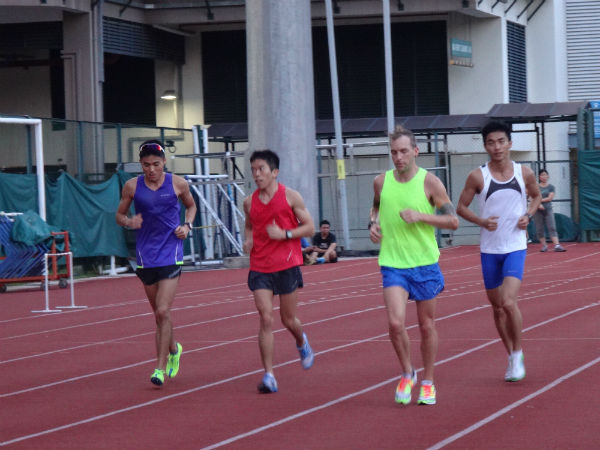
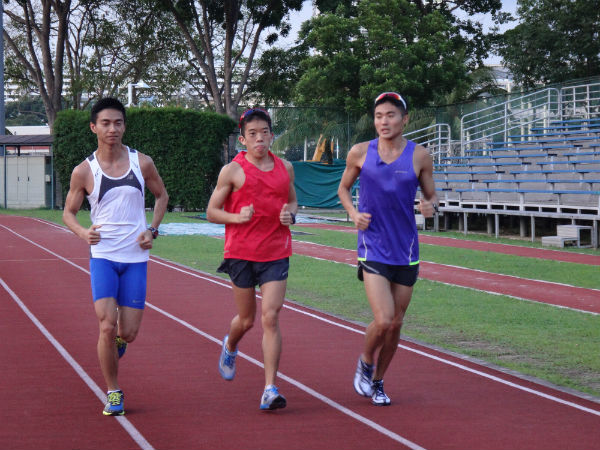
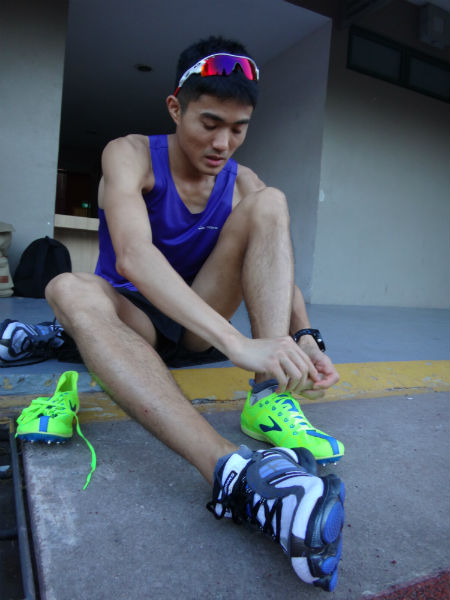
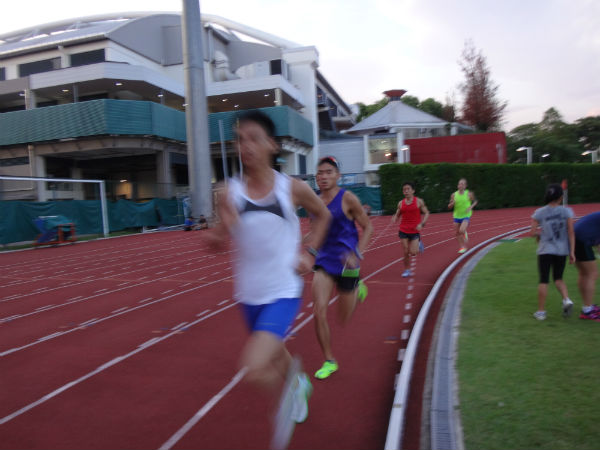
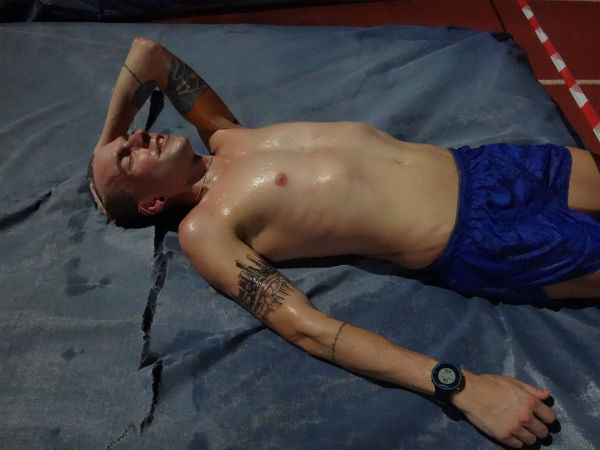
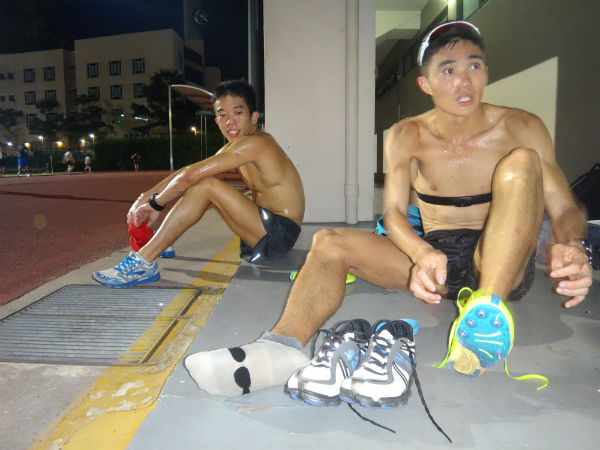
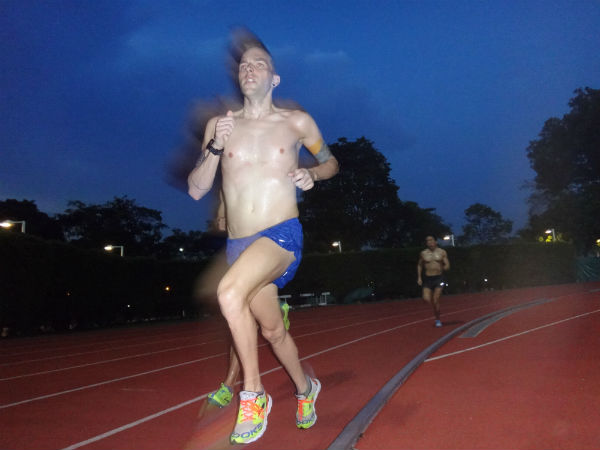
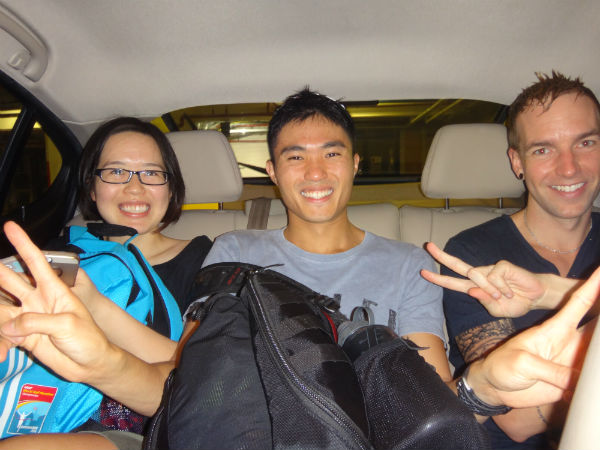
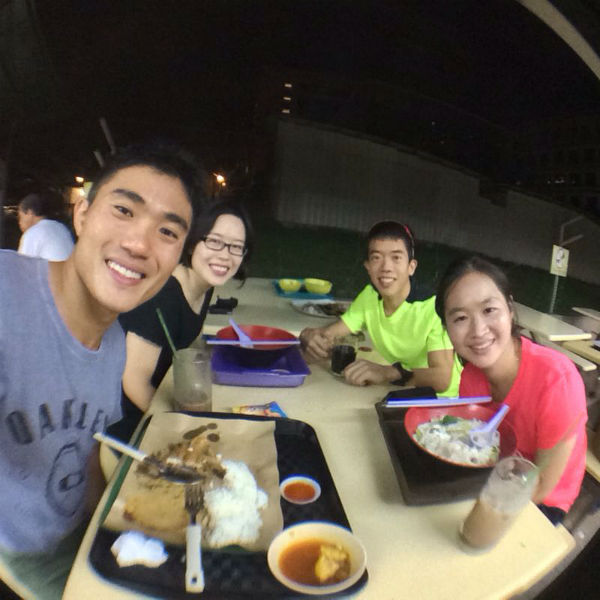
Leave a Comment